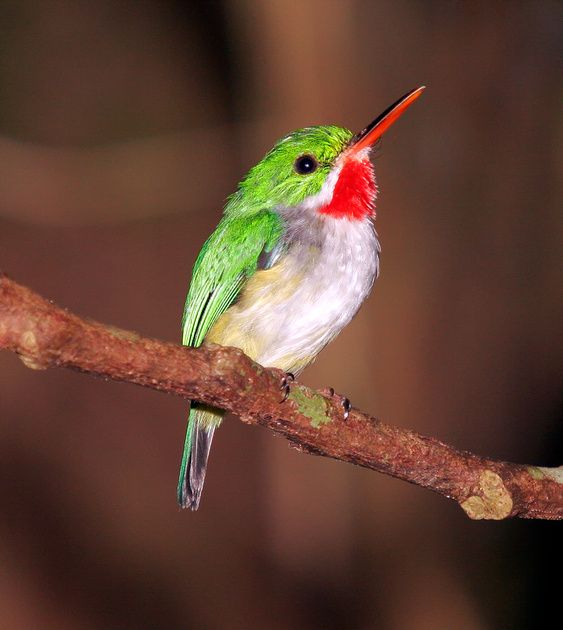The house wren (Troglodytes aedon) is a very small bird of the wren family, Troglodytidae. It occurs from Canada to southernmost South America, and is thus the most widely distributed native bird in the Americas. It occurs in most suburban areas in its range and it is the single most common wren. This species breeds in a wide variety of semi-open habitats, including suburbs, orchards, woodlots, open forest, streamside groves, mountain pine-oak woods, and many others. They Winter mostly in areas of dense low growth, including thickets and streamside brush. Wrens eat mostly tiny insects, They hunt spiders and insects, such as beetles, bugs and various caterpillars. They stuff their nestlings with a similar diet, along with grasshoppers and crickets. They will eat mealworms, tiny pieces of suet, peanut & sunflower pieces. Both males and females sing. Males often sing 9-11 times per minute during breeding season. Songs are a long, jumbled bubbling introduced by abrupt churrs and scolds and made up of 12-16 recognizable syllables. Females sing mainly in answer to their mates shortly after pairing up; their songs can include high-pitched squeals unlike any sounds males make. House Wrens make a variety of harsh sounds: churrs, chatters, rattles, and scolds, often in response to large animals that might be predators. For this reason, they can often be coaxed into view with squeaks or pishing sounds. Also, Adults may snap beaks softly while harassing predators near the nest. Here is a link so you can hear this fun little bird too.

